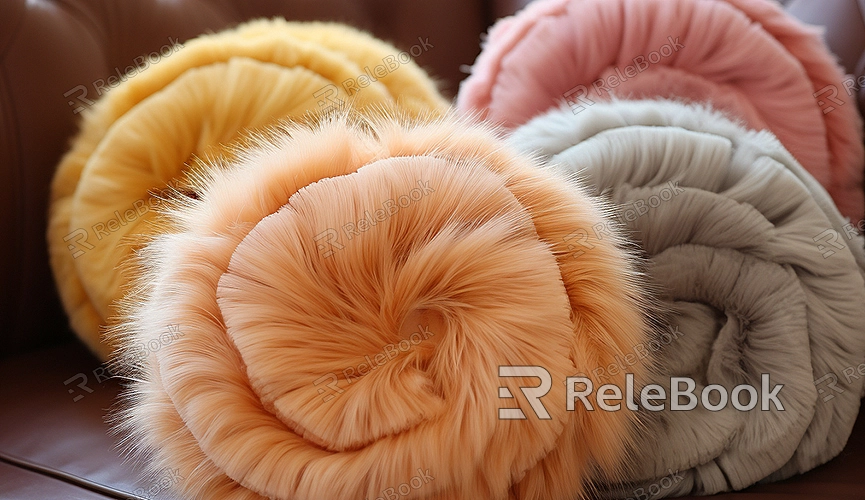Blender Environment Texture Rotation
Rotating environment textures in Blender refers to altering the direction or angle of the mapped environment texture. These textures are often used to simulate ambient light and reflections, such as in skyboxes or spherical environment mappings. By rotating these textures, you can change their orientation or angle, thereby impacting the reflections or ambient lighting on the model's surface. This can be achieved by adjusting the rotation properties within the environment texture node or while configuring the material nodes for the environment texture. Doing so allows for adjustments in the visual representation of the model's surface, aligning it better with our needs or achieving a more realistic appearance.

Steps for Rotating Environment Textures in Blender:
1. Open Blender: Launch Blender and load the 3D model you want to work on.
2. Switch to Rendering Environment: Access the Properties Editor and click on the "Render" tab.
3. Import the Environment Texture: Import the desired background image or environment texture within the environment texture options.
4. Texture Editing: In edit mode, select the "Rotate" tool.
5. Adjust Rotation Angle: Modify the rotation angle of the environment texture by sliding or entering specific values.
6. Real-time Preview: Observe the model's appearance changes at different rotation angles to ensure achieving the desired effect.
Examples of Applying Environment Texture Rotation in Various Scenes:
1. City Skylines: Imagine a city skyline scene where, by rotating the environment texture during sunrise or sunset, buildings gleam with golden hues, and the sky transitions in colors, creating a distinctive urban charm.
2. Mountain Landscapes: For rendering mountain scenes, rotating the environment texture alters the sunlight angles and casts shadows on the mountains, simulating captivating sunset views.
3. Space Exploration: In space scenes, rotating the environment texture creates mesmerizing shifts in galaxy lights and showcases planets' contours in the cosmic setting.
4. Underwater Wonders: Envision an underwater world where rotating the environment texture makes sunlight penetrate the water, forming moving spots of light on the seabed, crafting realistic underwater settings.
5. Primeval Forests: In scenes of ancient forests, rotating the environment texture constantly changes tree shadows on the ground, presenting the effect of swaying trees in the wind.
6. Desert Storms: Imagine a sandstorm in the desert where rotating the environment texture makes sand particles flow across the desert floor, constructing an intensely atmospheric scene.
7. Futuristic Cities: In sci-fi settings, rotating the environment texture causes futuristic city glass facades to reflect dreamlike lights, creating visions of futuristic urban landscapes.
8. Ice and Snow Worlds: In icy landscapes, rotating the environment texture causes sunlight to reflect on the ice, making snowflakes sparkle on the surface, crafting cold yet crystal-clear ice and snow scenes.
From these examples, it's evident that the rotation feature of environment textures in Blender isn't just a technical operation but also an artistic expression. It enhances the expressiveness and dynamism of 3D scenes and models. If you require high-quality 3D textures and HDRI, you can download them directly from Relebook and import them into your models for immediate use.

